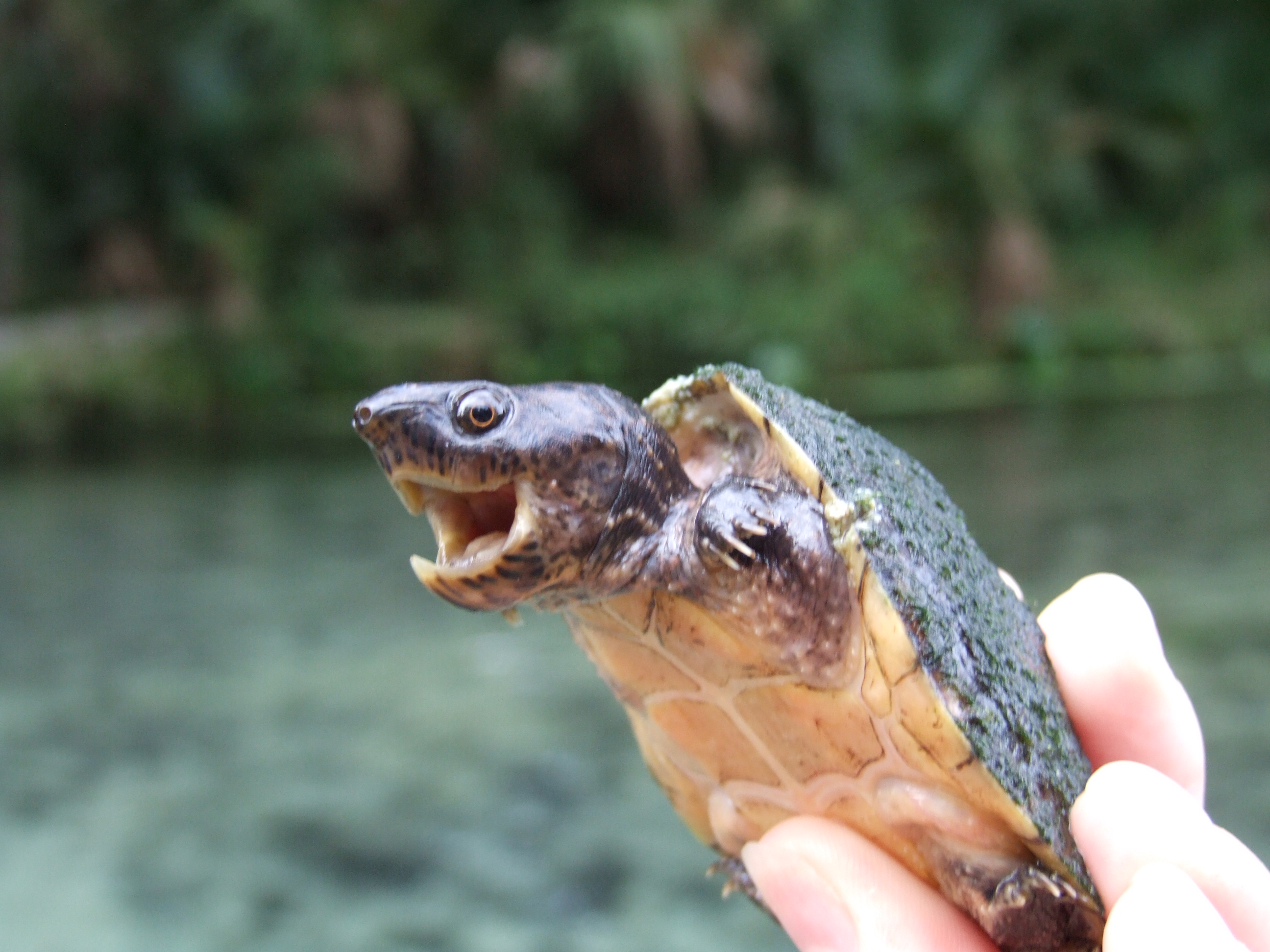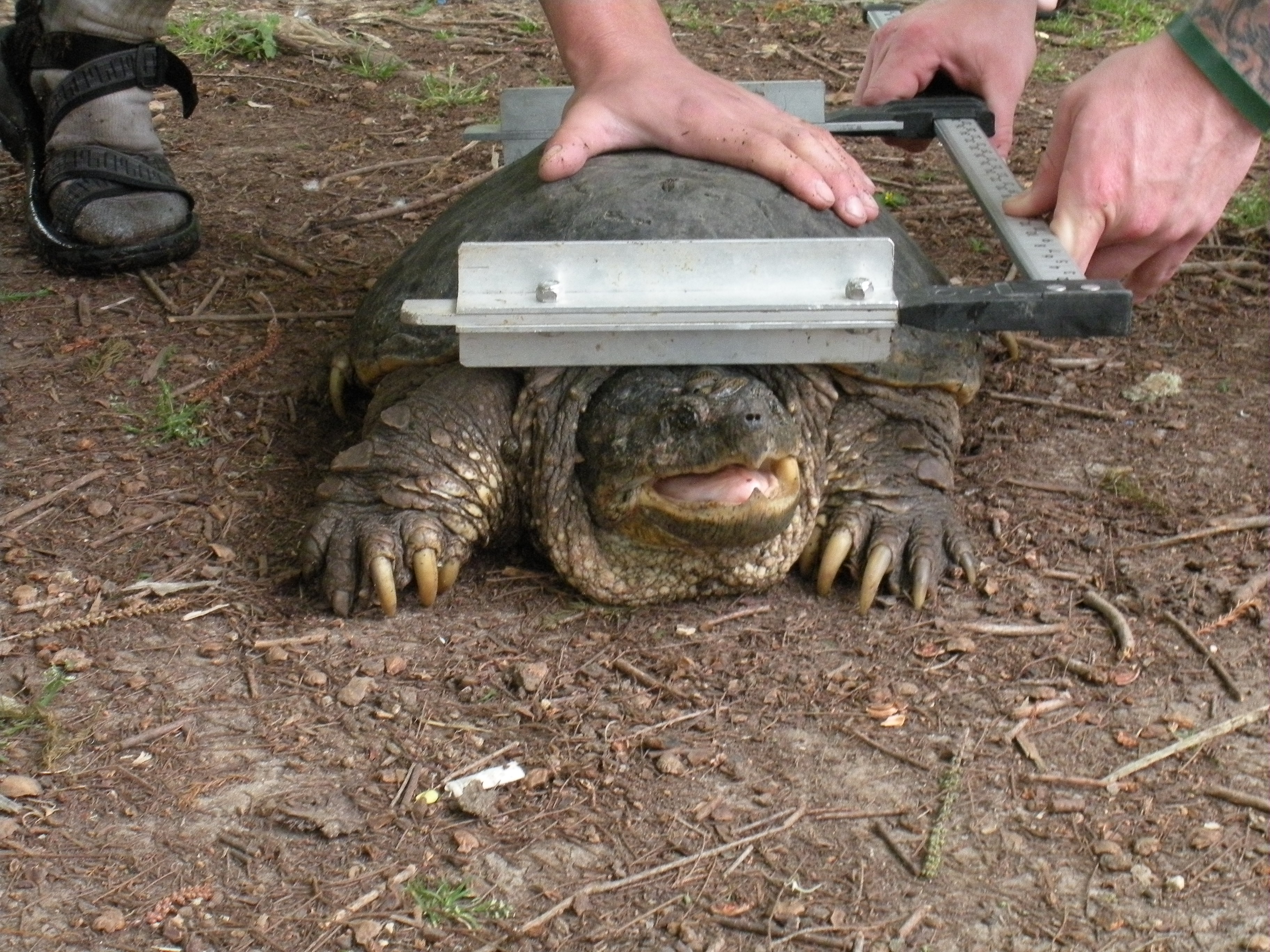TSA Welcomes the NAFTRG to the Alliance
by Heather Lowe 
 The United States has nearly 60 species of native turtle, including a variety of aquatic species including river cooters (Pseudemys), sliders (Trachemys), musk (Sternotherus), mud (Kinosternon), softshell (Apalone), and snapping turtles (Chelydra and Macrochelys). Across the country, turtle populations are facing a variety of ecological issues including habitat loss/degradation, water quality, and over-harvest.
The United States has nearly 60 species of native turtle, including a variety of aquatic species including river cooters (Pseudemys), sliders (Trachemys), musk (Sternotherus), mud (Kinosternon), softshell (Apalone), and snapping turtles (Chelydra and Macrochelys). Across the country, turtle populations are facing a variety of ecological issues including habitat loss/degradation, water quality, and over-harvest.
 The North American Freshwater Turtle Research Group (NAFTRG) was formed in 1999 as a long-term monitoring effort for important protected habitats including freshwater springs in Florida, Texas, and a lake system in Tennessee. In November 2012, the NAFTRG formally merged with the TSA, increasing the TSA's involvement in North American turtle conservation, creating volunteer opportunities for its members, and also bringing additional resources to the NAFTRG.
The North American Freshwater Turtle Research Group (NAFTRG) was formed in 1999 as a long-term monitoring effort for important protected habitats including freshwater springs in Florida, Texas, and a lake system in Tennessee. In November 2012, the NAFTRG formally merged with the TSA, increasing the TSA's involvement in North American turtle conservation, creating volunteer opportunities for its members, and also bringing additional resources to the NAFTRG.
 This long-term monitoring effort samples all species found within each respective system. All turtles captured are given two unique identifiers, measured, weighed, and assessed for damage. Study sites are sampled three or four times a year, depending on location to ascertain growth, age of population, biomass, density, sex ratios, and percent survivability over time. Monitoring protected populations allows for researchers to infer population dynamics and act accordingly. Research projects like the NAFTRG are critical to help keep common species common and the TSA is pleased to be a part of such a successful, long-term initiative.
This long-term monitoring effort samples all species found within each respective system. All turtles captured are given two unique identifiers, measured, weighed, and assessed for damage. Study sites are sampled three or four times a year, depending on location to ascertain growth, age of population, biomass, density, sex ratios, and percent survivability over time. Monitoring protected populations allows for researchers to infer population dynamics and act accordingly. Research projects like the NAFTRG are critical to help keep common species common and the TSA is pleased to be a part of such a successful, long-term initiative.
